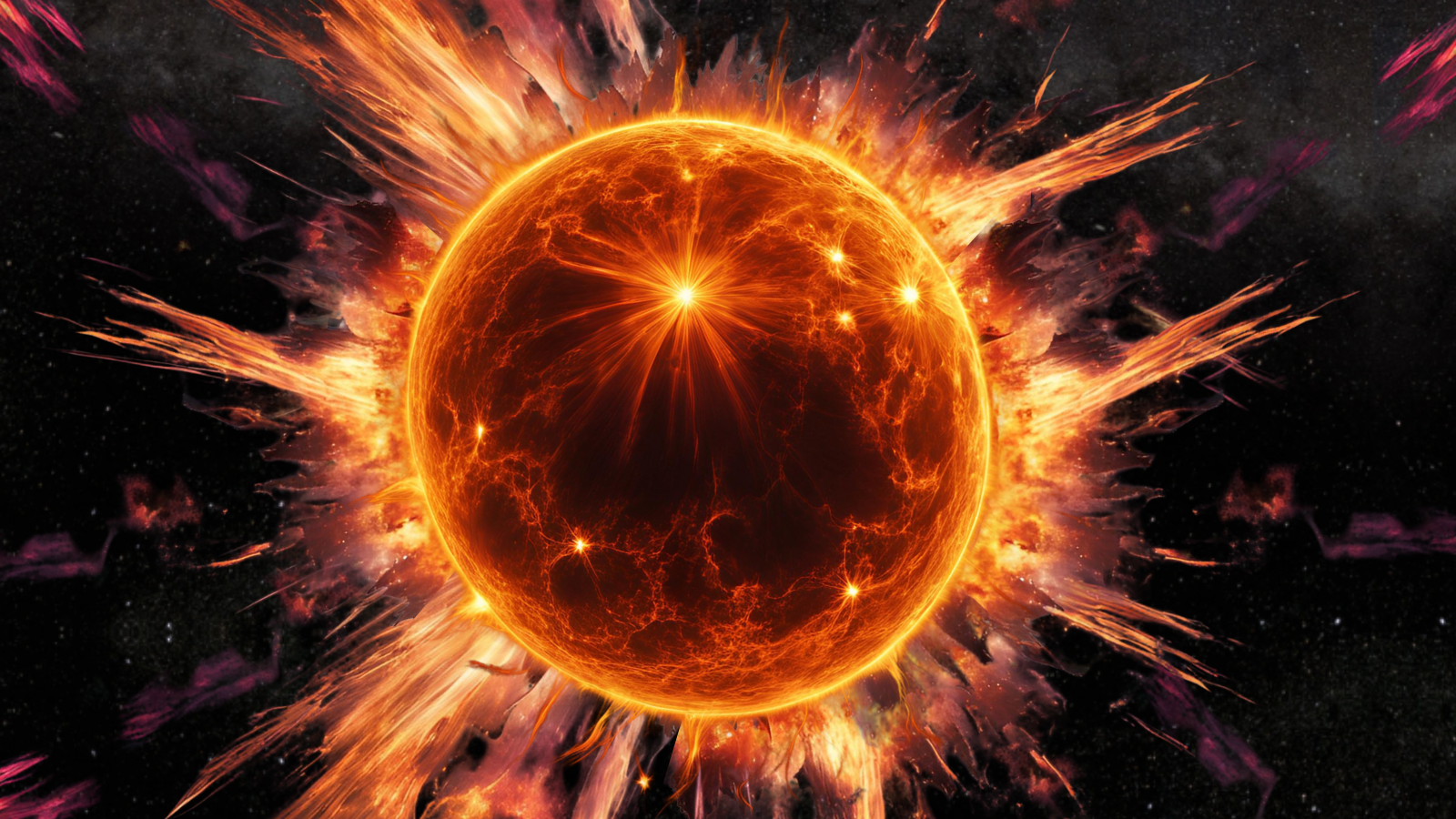'Monster Black Hole: The First Image' Premieres Tonight on Science Channel (Video)
On the heels of a major astronomical announcement, the Science Channel will air a program about black holes, one of the universe's most enigmatic structures.
The new show invites audiences to learn about a scientific team using radio telescopes to peer past galactic clouds of dust and gas, and, how, by boosting their magnification through a network of dishes across the world, venture to deliver the first-ever photograph a black hole.
"Monster Black Hole: The First Image" will air tonight (April 10) at 10 p.m. EDT/PDT.
Related: What Exactly Is a Black Hole Event Horizon (and What Happens There)?
The show will feature CGI animations to showcase the supermassive black holes targeted by the Event Horizon Telescope (EHT). Supermassive black holes have millions or even billions of times the mass of the sun, and scientists think every galaxy in the universe — the Milky Way included — harbors one of these gargantuan formations at its center.
A short video clip from the program features EHT's director, Shep Doeleman. "It is not straightforward to try to image the black hole at the center of our galaxy," Doeleman says in the segment. EHT attempts this feat by analyzing the center of the Milky Way with radio waves, where supermassive black hole Sagittarius A* may be pulling stars at the center of our galaxy into incredibly fast orbits.
The full program is scheduled to air the day of a "groundbreaking result" announcement set for this morning at 9 a.m. EDT (1300 GMT). The astronomical community is preparing for what might be the release of a successful photograph of Sagittarius A* or another black hole, the one at the center of the giant elliptical galaxy M87. This news conference will be streamed live on the U.S. National Science Foundation website.
Breaking space news, the latest updates on rocket launches, skywatching events and more!
You can watch the black hole discovery announcement here on Space.com, courtesy of the National Science Foundation, beginning at 9 a.m. EDT (1300 GMT).
Editor's Note: This program's name was updated from "Black Holes: The First Image" to "Monster Black Hole: The First Image."
- 83 Gargantuan Black Holes Spotted Guzzling Down Dinner at the Edge of the Universe
- Monster Black Hole Mergers May Be Common
- Globular Clusters: Dense Groups of Stars
Follow Doris Elin Salazar on Twitter @salazar_elin. Follow us on Twitter @Spacedotcom and on Facebook.
Join our Space Forums to keep talking space on the latest missions, night sky and more! And if you have a news tip, correction or comment, let us know at: community@space.com.

Doris is a science journalist and Space.com contributor. She received a B.A. in Sociology and Communications at Fordham University in New York City. Her first work was published in collaboration with London Mining Network, where her love of science writing was born. Her passion for astronomy started as a kid when she helped her sister build a model solar system in the Bronx. She got her first shot at astronomy writing as a Space.com editorial intern and continues to write about all things cosmic for the website. Doris has also written about microscopic plant life for Scientific American’s website and about whale calls for their print magazine. She has also written about ancient humans for Inverse, with stories ranging from how to recreate Pompeii’s cuisine to how to map the Polynesian expansion through genomics. She currently shares her home with two rabbits. Follow her on twitter at @salazar_elin.
